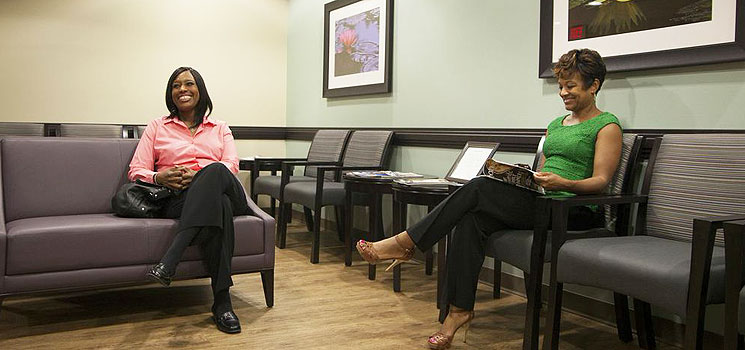

If there are additional questions or concerns, you may contact the Center Director at XXX-XXX-XXXX or Solis's Compliance Department through our hotline: XXX-XXX-XXXX or directly XXX-XXX-XXXX or you can email Response /* (3000, 9, 3) */ To protect the confidentiality of the individual, a detailed response will not be provided however, the matter has been investigated and is considered closed. It's important to discuss your individual risk factors and screening schedule with your doctor so you can have peace of mind about your future health.This consumer's complaint has been reviewed and addressed appropriately. However, if you have any of these risk factors, you may need to be screened more frequently or at an earlier age than those without risk factors. It's important to note that having one or more of these risk factors does not necessarily mean that you will develop the disease.

Most cysts are benign, but in some cases, they may need to be drained or biopsied. Cysts: Fluid-filled sacs in the breast tissue, known as cysts, can be detected on mammograms.These are usually harmless, but in some cases, they may indicate the presence of breast cancer. Calcifications: Tiny mineral deposits in the breast tissue, known as calcifications, can be detected on mammograms.

Breast cancer: Mammograms can detect breast cancer at an early stage, before any symptoms are present, which improves the chances of successful treatment.Screening mammograms can help detect a variety of breast conditions, including: Screening mammograms can be done using 2D or 3D X-ray technology. Screening mammograms are the routine imaging procedure for those who are at average risk of developing breast problems and have no signs or symptoms of any issues.


 0 kommentar(er)
0 kommentar(er)
